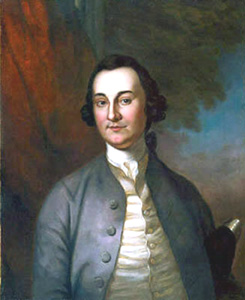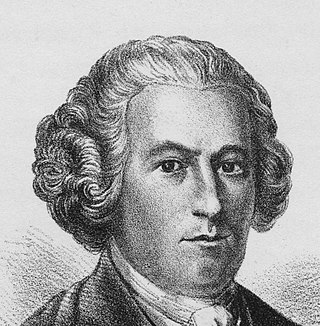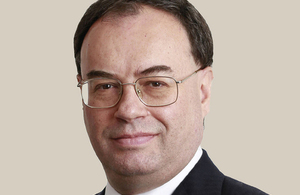Related Research Articles

The Bank of England is the central bank of the United Kingdom and the model on which most modern central banks have been based. Established in 1694 to act as the English Government's banker and debt manager, and still one of the bankers for the Government of the United Kingdom, it is the world's eighth-oldest bank.

Archibald Campbell, 3rd Duke of Argyll, 1st Earl of Ilay, was a Scottish nobleman, politician, lawyer, businessman, and soldier. He was known as Lord Archibald Campbell from 1703 to 1706, and as the Earl of Ilay from 1706 until 1743, when he succeeded to the dukedom. He was the dominant political leader in Scotland in his day, and was involved in many civic projects.

Events from the year 1735 in Canada.

The governor of the Bank of England is the most senior position in the Bank of England. It is nominally a civil service post, but the appointment tends to be from within the bank, with the incumbent grooming their successor. The governor of the Bank of England is also chairman of the Monetary Policy Committee, with a major role in guiding national economic and monetary policy, and is therefore one of the most important public officials in the United Kingdom.

George Plater III was an American planter, lawyer, and statesman from Saint Mary's County, Maryland. He represented Maryland in the Continental Congress from 1778 to 1780, and briefly served as the sixth Governor of Maryland in 1791 and 1792.

Events from the year 1736 in Canada.
Thomas Bladen was a colonial governor in North America and politician who sat in the British House of Commons between 1727 and 1741. He served as the 19th Proprietary Governor of Maryland from 1742 to 1747.
Events from the year 1735 in Great Britain.

William Moore was a Pennsylvania statesman and politician of the Revolutionary era. He served as Vice-President of Pennsylvania from 1779 to 1781, and then as President from 1781 to 1782.. Moore was the only man formally elected to both offices. He was also a judge, state legislator, director of the Bank of Pennsylvania and trustee of the University of Pennsylvania.

Andrew John Bailey is a British central banker and Governor of the Bank of England since 16 March 2020.
Events from the year 1807 in Denmark.
Samuel Holden (1675–1740) was an English merchant, politician, and nonconformist activist.
Jeremiah Harman (1763-1844) was chief of a family known in the commercial world for nearly a century, and highly esteemed both in England and abroad. He may himself be said to have stood at the head of London city, both as to mercantile and private character; liberal in his dealings, and inspiring confidence by his honor and integrity, as well as love for his personal qualities. As a public character Mr. Harman was known to all the ministers of the day, from William Pitt Jr downwards.
Samuel Gledhill was the lieutenant-governor of Placentia, Newfoundland from 1719-c.1730.
John Hanger was a merchant of Trinity Minories who was Governor of the Bank of England from 1719 to 1721 when the Bank of England was closely involved in the financing of the South Sea Company. His family were closely associated with the hundred of Bray in Berkshire and a memorial to the family exists in St Michael's Church there.
Horatio Townshend was an English banker and politician who sat in the House of Commons between 1715 and 1734.
Thomas Cooke was an English merchant and banker. He was Governor of the Bank of England from 1737 to 1740. He had been Deputy Governor from 1735 to 1737. He replaced Bryan Benson as Governor and was succeeded by Delillers Carbonnel.
Charles Palmer was Governor of the Bank of England from 1754 to 1756. He had been Deputy Governor from 1752 to 1754. He replaced Alexander Sheafe as Governor and was succeeded by Matthews Beachcroft.
Joseph Nutt was Governor of the Bank of England from 1802 to 1804. He had been Deputy Governor from 1801 to 1802. He replaced Job Mathew Raikes as Governor and was succeeded by Benjamin Winthrop. He was the eledest son of John Nutt and Margaret, née Carr, of Raisin Hall near Pitsmoor, Sheffield. He never married and died on 9 March 1805, aged 69, while travelling to London from Oxford.
References
- ↑ Governors of the Bank of England. Archived 2012-02-12 at the Wayback Machine Bank of England, London, 2013. Archived here. Retrieved 29 January 2016.